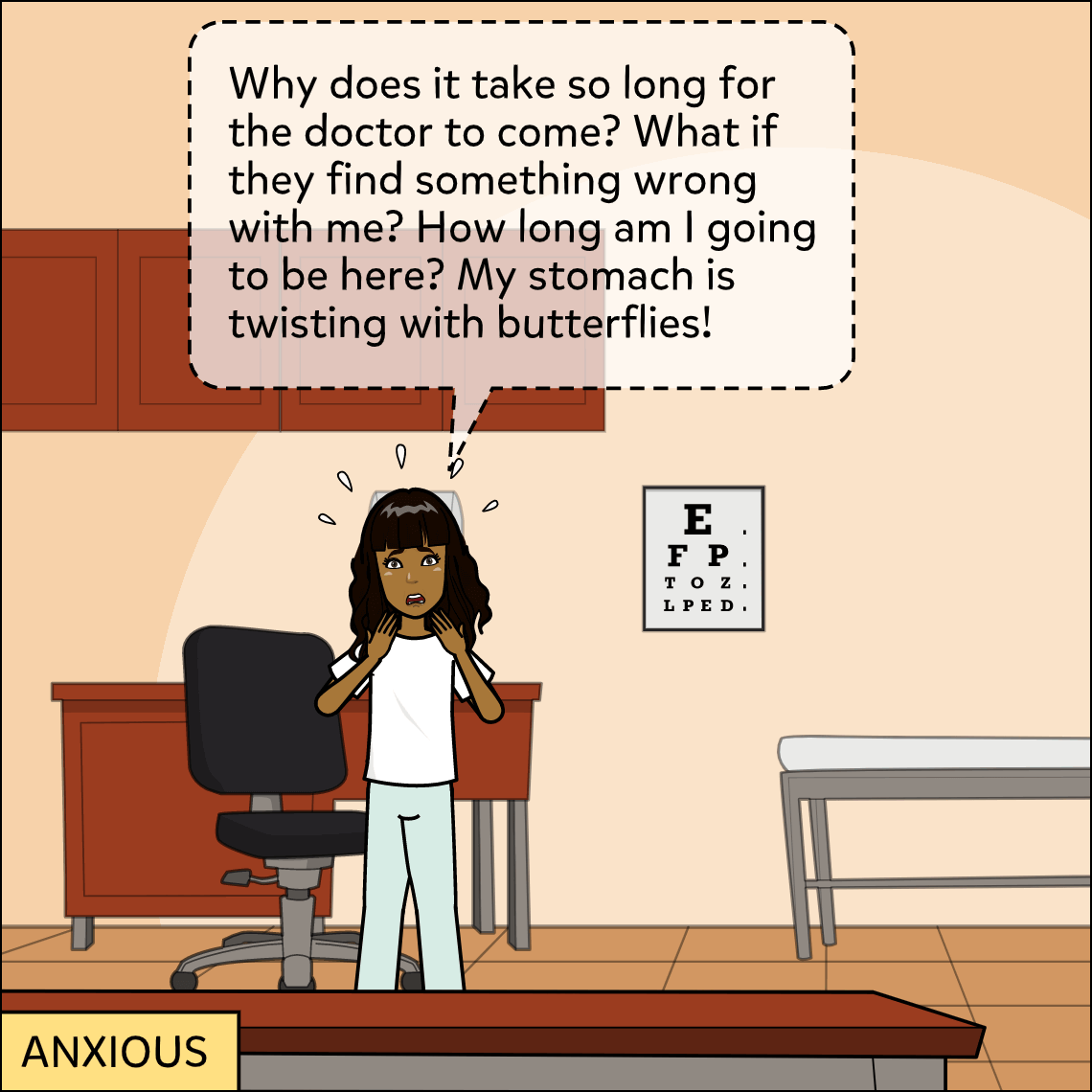Subject: World Languages
Lesson Length: 45 mins - 1 hour
Topic: Expression, Communication, Emotion
Grade Level: 1, 2, 3, 4, 5, 6, 7
Standards / Framework:
Brief Description: Students will interact and negotiate meaning in written conversations in the target language to share information, reactions, feelings, and opinions.
Know Before You Start: Students should be familiar with vocabulary terms for emotions and feelings, e.g., happy, sad, angry, hurt, tired, etc.
Hook:
- Ask students:
- “What are some emotions and feelings you know?”
- “Why is it important to be able to express feelings in another language?”
- “What are some ways we can talk about and show feelings?”
Activity:
- As a class, have students discuss vocabulary for emotions and feelings and discuss different ways to talk about feelings.
- Have students create a dialogue in the target language that has characters sharing their feelings.
- Using the sample comic as a guide, have students create a comic using facial expressions, body language, and their dialogue to express feelings.
Closure:
- Have students share their comics with the class or in small groups.
- Have students explain why they chose the emotions or feelings in their comic.
- Discuss why it’s important to be able to communicate about emotions in a different language.
- Emphasize that not all languages have the same interpretation of some feelings; for example, “tired” in English is both sleepy and exhausted.
Differentiation:
- Allow students to use the speech-to-text feature.
- Allow students to work in pairs or groups as needed.
- Allow students to use the voiceover feature to read their comics aloud.
- Students may find it helpful to draft their dialogue in English first, then the target language. Allow students to use digital dictionaries/translators as appropriate for your class policy.
Resources:
- Comic to print or display: Comic.
- Main Idea Web
- Concept Map
Suggested Content:
Suggested Story Starters:
 Elementary School
Elementary School
 Middle School
Middle School
 Playground
Playground
 Home
Home
 Winter
Winter
 Sports
Sports


